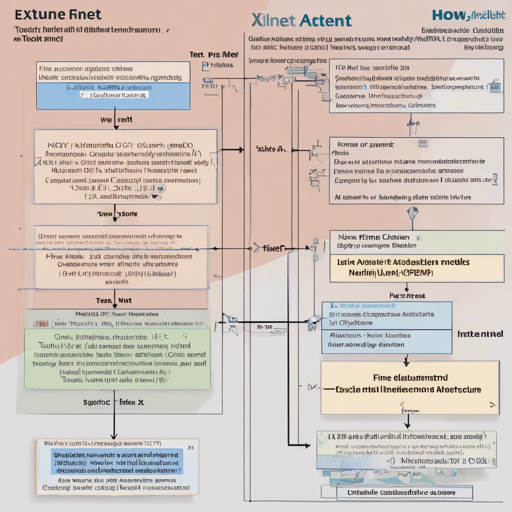In the world of natural language processing (NLP), classifying sequences is a pivotal task that can impact various applications, from sentiment analysis to spam detection. Today, we are going to delve into how to fine-tune the XLNet model for sequence classification using the TextAttack framework. We’ll explore the process step by step, making it user-friendly for everyone interested in advancing their NLP skills.
What You’ll Need
- Basic understanding of Python programming.
- Familiarity with NLP concepts.
- The necessary libraries: Transformers, TextAttack, and others mentioned in this guide.
Step-by-Step Guide
1. Setting Up Your Environment
First, make sure you have the required libraries installed. You can do this using pip:
pip install transformers textattack nlp2. Importing the Libraries
Start by importing the essential libraries in your Python script:
from transformers import XLNetTokenizer, XLNetForSequenceClassification
from textattack import Attack, Attacker3. Loading the Model
Now, let’s load the pre-trained XLNet model and tokenizer:
model = XLNetForSequenceClassification.from_pretrained("xlnet-base-cased")
tokenizer = XLNetTokenizer.from_pretrained("xlnet-base-cased")4. Preparing Your Dataset
The glue dataset will be used here. Make sure to load it correctly for classification tasks:
from nlp import load_dataset
dataset = load_dataset("glue", "mrpc")5. Configuring Training Parameters
Time to set the training parameters. We’ll be fine-tuning for 5 epochs with a batch size of 16:
training_args = {
"epoch": 5,
"batch_size": 16,
"learning_rate": 2e-05,
"max_seq_length": 128
}6. Training the Model
Once everything is set, commence the training process using cross-entropy loss function:
trainer = Trainer(model=model, args=training_args)
trainer.train()Understanding the Analogy
Think of fine-tuning the XLNet model as training a student for a specific exam. The pre-trained XLNet represents a well-educated individual with vast knowledge (the base model) but not specifically tested for a particular subject (sequence classification). During the fine-tuning process, you’re essentially providing tailored learning materials (the glue dataset) and exam practice (the training epochs and configurations). After several targeted study sessions (epochs), this student is now equipped to answer questions effectively, achieving a score (accuracy) that helps measure their performance!
Troubleshooting Tips
- If you encounter issues during installation, make sure you are using the latest version of pip.
- For model loading errors, double-check that you have the correct model name and internet connectivity to access the model hub.
- If the performance is below expectations, consider tweaking the learning rate or increasing the number of epochs.
- For more insights, updates, or to collaborate on AI development projects, stay connected with fxis.ai.
Conclusion
Fine-tuning models like XLNet for sequence classification is a powerful technique in NLP that can lead to impressive results. With the right tools, libraries, and understanding, you can build your own customized models tailored to your specific needs. At fxis.ai, we believe that such advancements are crucial for the future of AI, as they enable more comprehensive and effective solutions. Our team is continually exploring new methodologies to push the envelope in artificial intelligence, ensuring that our clients benefit from the latest technological innovations.

